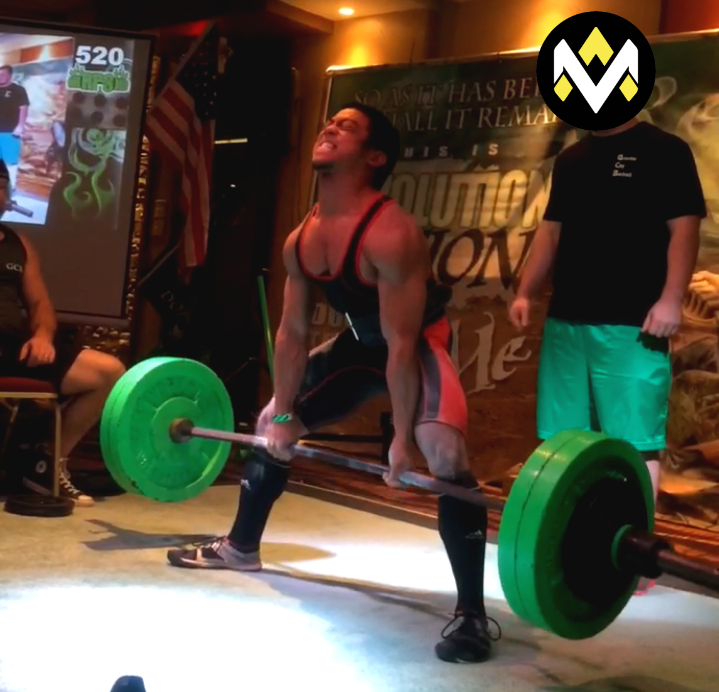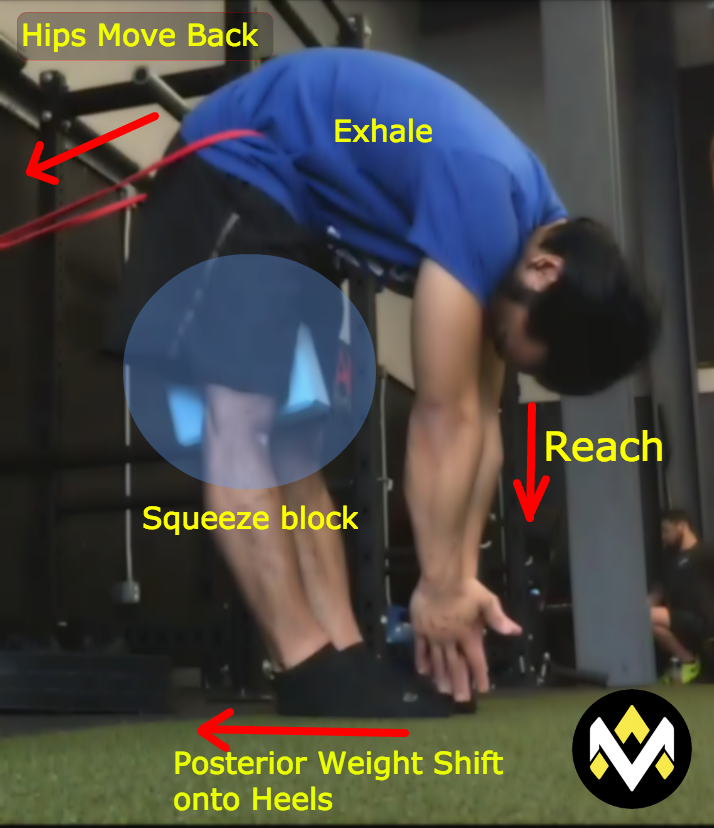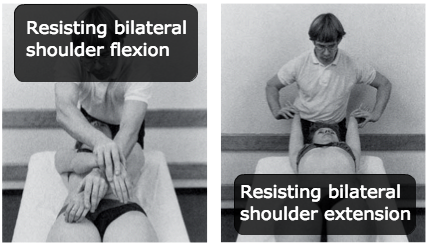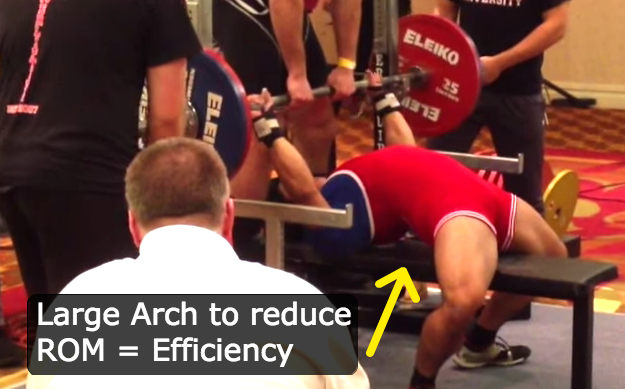One idea I’d like to identify with is that as strength coaches, and personal trainers, we have the ability to carry out movements that will deliver adaptations in a positive direction.
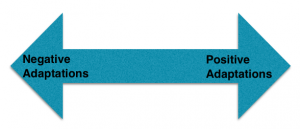
In many movements, sometimes we can get people into the “correct positions,” however the intention is not followed through when the movement is executed.
This is even more intrinsic when many people have jobs as trainers, where some individuals need to be entertained, rapport needs to be built, or perhaps you may be working in a group setting where some people may fall through the cracks with respect to movement patterns.
In other words, if you have a group of 10 people, and you get all 10 into the correct positions before pressing the “START” button on your stopwatch, what will happen to all 10 when executing a specific exercise? Do you have a side conversation with one of them until the end of the round? Keep a watchful eye? Will the movements need immediate and intensive coaching? Who knows…? :)
Another exercise that I find that is easy to get into the correct position, but not followed through on an execution level is any exercise that aims to use the “Wide Stance” position in cable exercises. Whether these are “Wide Stance Anti-Rotation Cable Chops,” or “Wide Stance Anti-Rotation Pallof Presses,” at times there needs to be a “self-check” in place to make sure the appropriate level of hip abduction is performed.
Why You Should Try This Drill
By performing these exercises with slightly more tension (by placing the band around the ankles or knees even, you can improve the neuromuscular tension that is identified in an otherwise not “actively tense” movement pattern), you’ll be able to:
- Improve activation of your hip abductors on the short term.
- Performed correctly over time, you can theoretically improve flexibility (pliability) of the adductors, as well.
- Long Term Adaptations towards improving hip abduction degrees of motion towards a sporting endeavor
- Agonist / Antagonist relationship of the hip abductors (glute minimus, glute medius, glute max) are facilitated, and the hip adductors are down regulated instead.
From a practical application point of view, if you can…
- Improve hip/pelvic stability by causing reactive neuromuscular tension by utilizing a band, you can further up regulate activation of the abdominals that control the pelvis through cueing (if necessary).
- Deliver subconscious activation of the glutes and hip abductors, you will free up further coaching of the execution of the exercise, versus just spouting 1000 cues on everything.
By layering the concept of “tension” in the most appropriate spots for the given exercise, without losing position, and improving execution of the exercise, you can win on all fronts! This essentially makes your job easier as a coach or trainer.
Give this a shot with any hockey or baseball athlete that may be looking to improve stride length, or powerlifter looking to improve tension and width of sumo deadlifting position to create a long term adaptation in the positive direction!
As always,
Keep it funky.


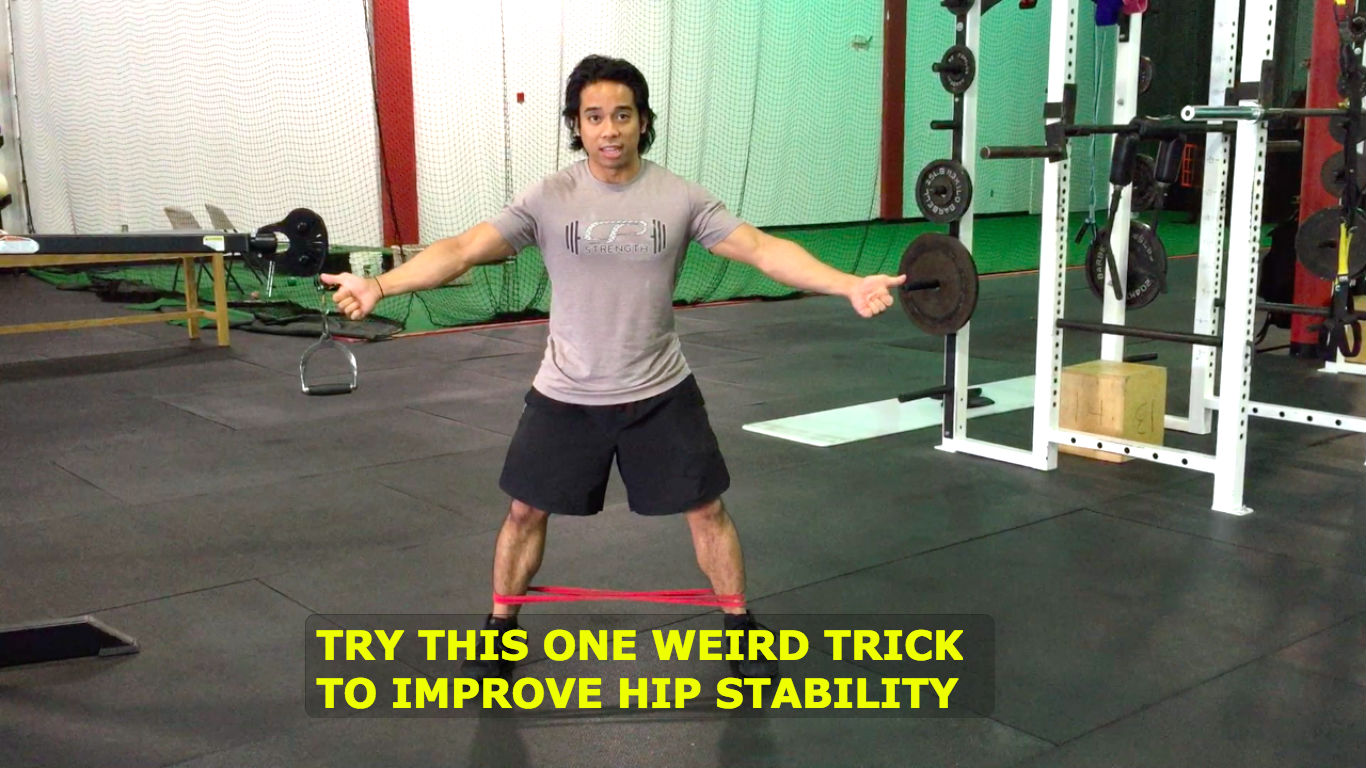
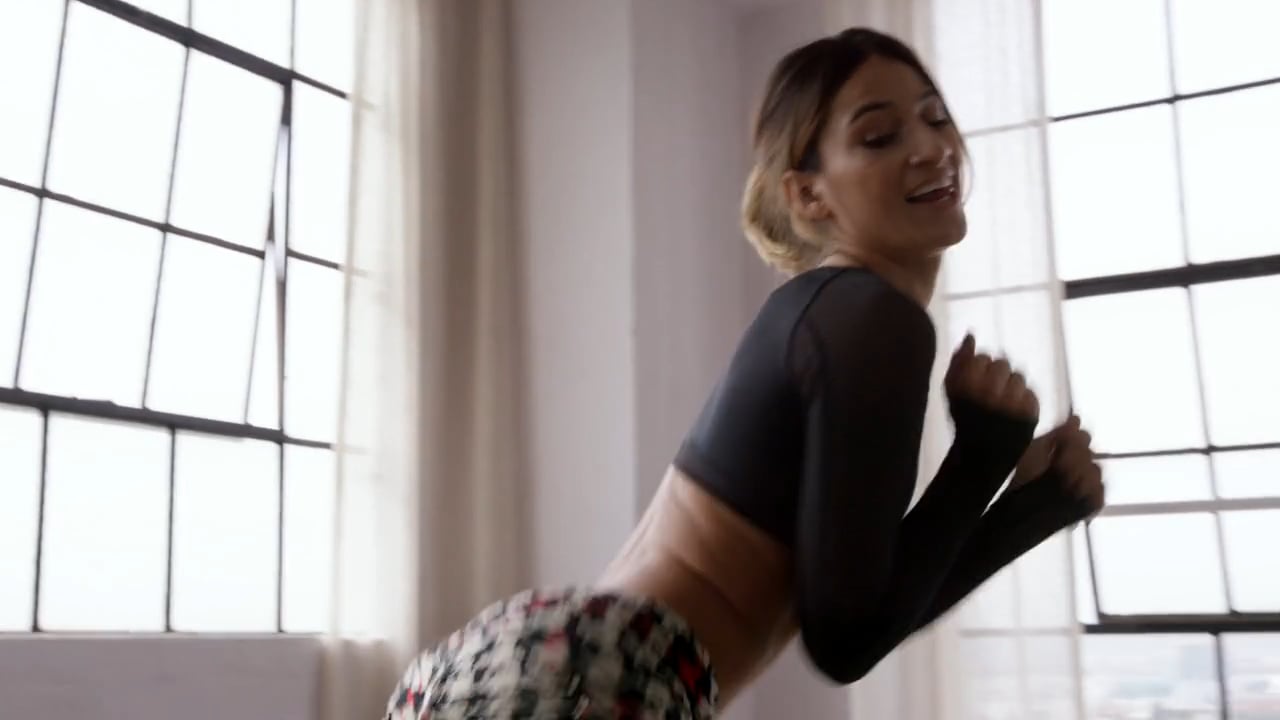
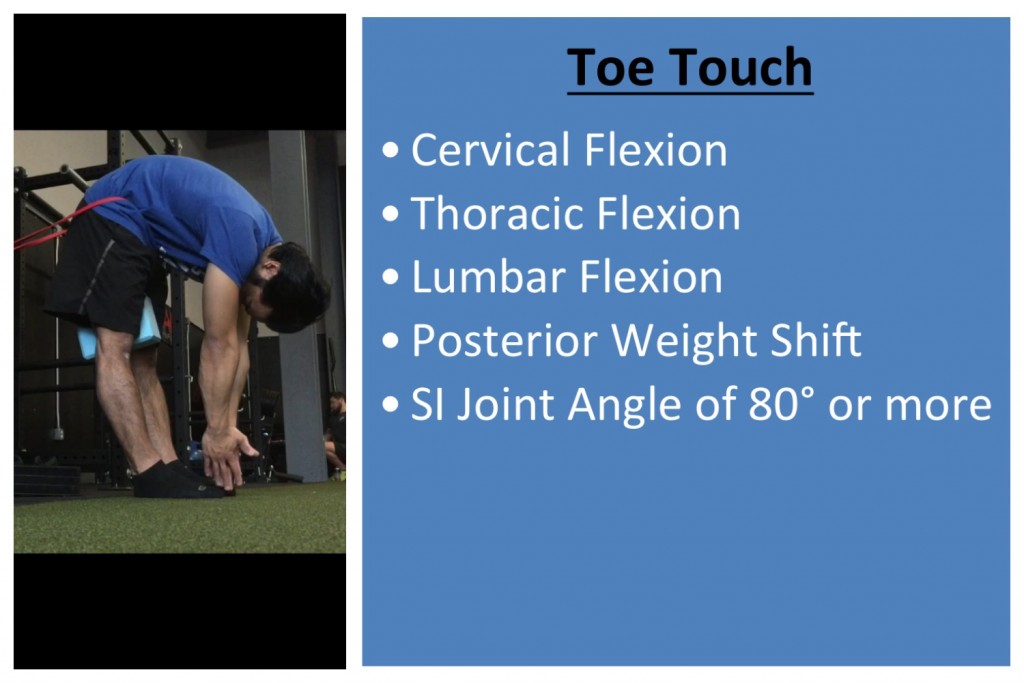
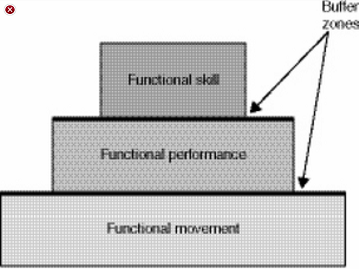
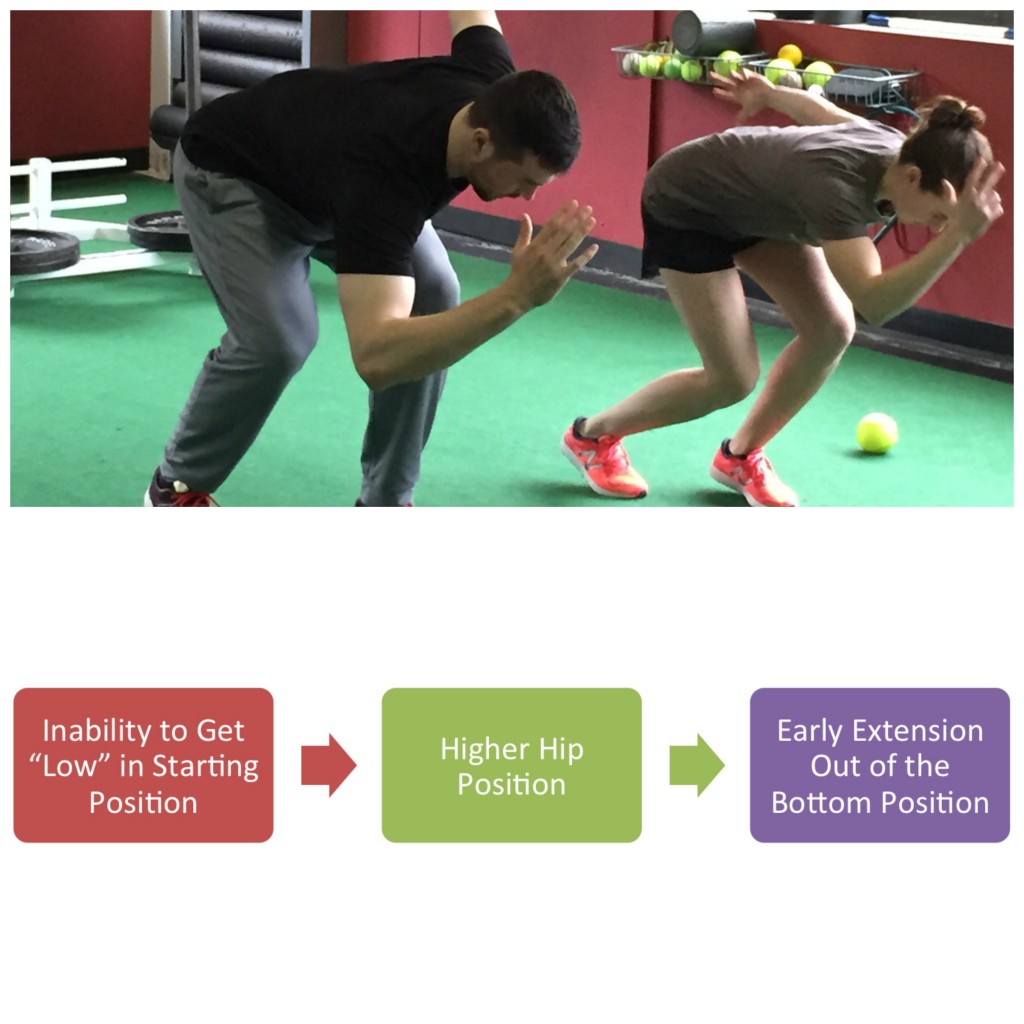 Reducing Sensations for Pain
Reducing Sensations for Pain